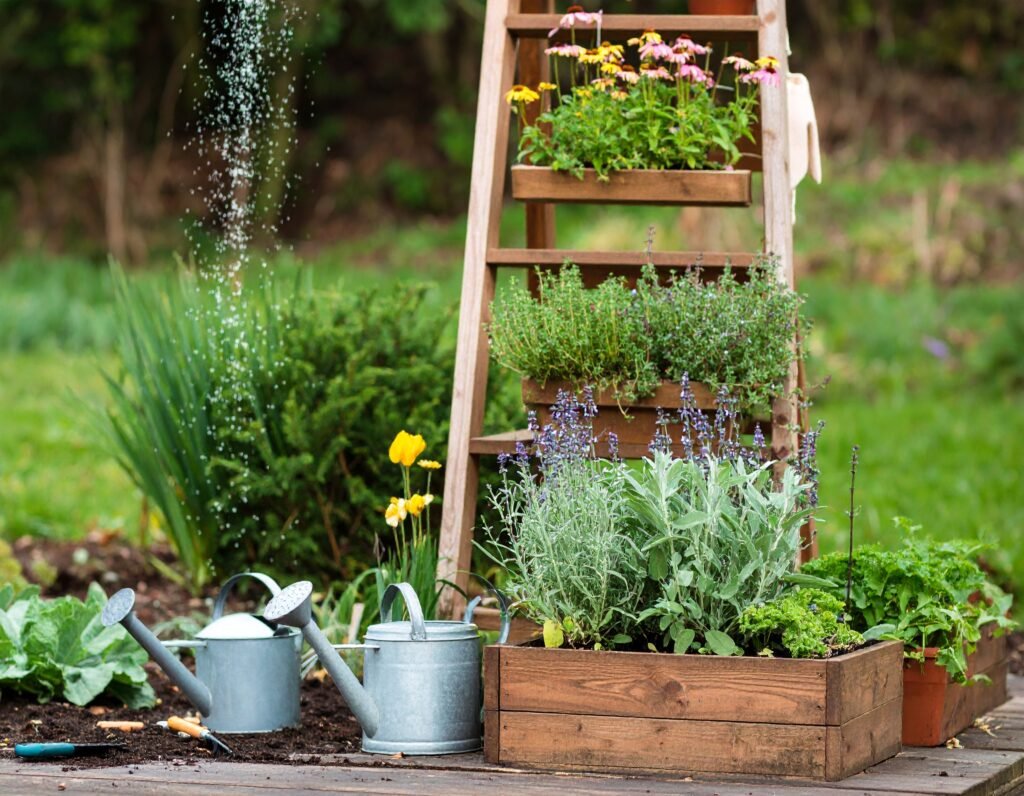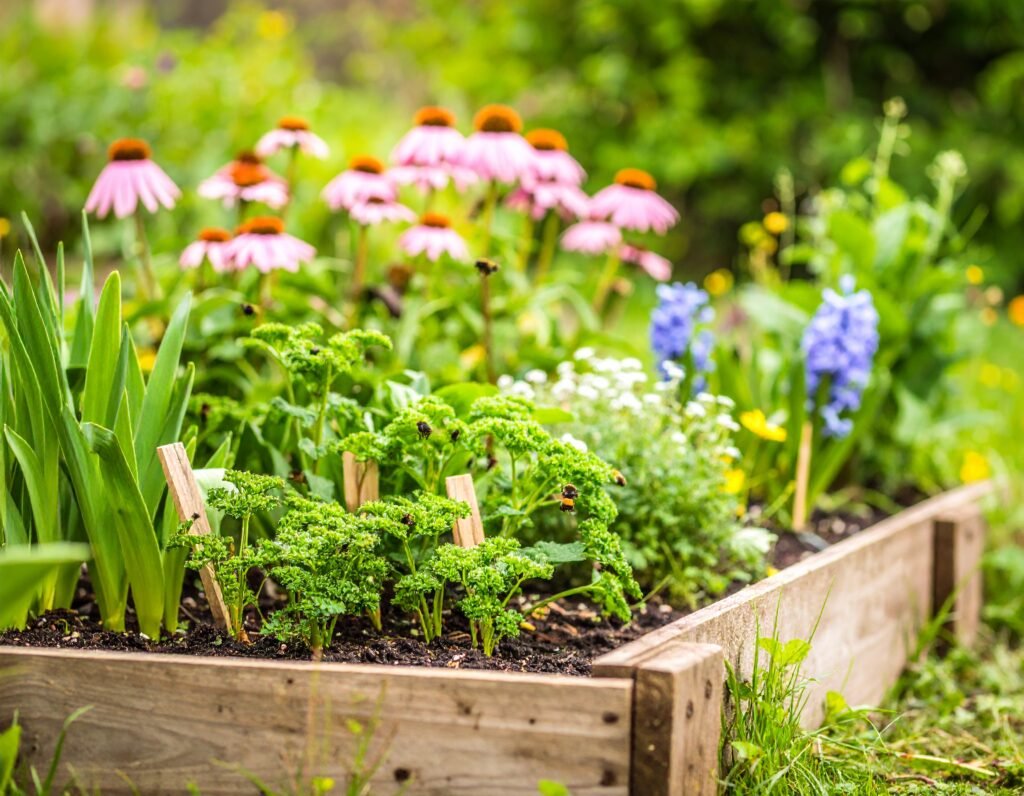Echinacea: Easy Guide to Grow Your Own Immune-Boosting Flowers

Echinacea Growing & Herbal Remedies Guide
Download your step-by-step guide to planting, harvesting, and making immune-boosting remedies with Echinacea. Perfect for beginners and herbal enthusiasts!
Download Free GuideEchinacea, also known as coneflower, isn’t just beautiful—it’s one of nature’s most effective immune-boosting herbs. Widely celebrated for preventing colds and infections, these hardy perennial flowers are incredibly easy to grow. Imagine picking fresh blooms from your garden to craft your own immune-strengthening teas and tinctures.
Fun Fact: Native American tribes used Echinacea for centuries to treat wounds, infections, and even snakebites!
How to Plant Echinacea Successfully
- Plant Type: Hardy perennial flower
- Zones: USDA Zones 3–9 (adaptable!)
- Sunlight: Full sun, at least 6–8 hours daily
- Soil: Well-draining, moderately fertile
- Seeds: Start indoors 8–10 weeks before last frost or direct-sow in spring/autumn
- Gardener’s Tip: Cold stratify seeds in fridge 2 weeks before planting for best germination
Features four clinically proven nutrients plus Mobilee®, a patented ingredient that multiplies joint-lubricating hyaluronan molecules for better flexibility and comfort.
- Supports synovial fluid & smooth movement
Disclosure: Affiliate link.
Caring for Your Echinacea Plants
- Watering: Moderate water, drought-tolerant after established
- Feeding: Compost at planting, minimal fertilizer needed
- Growth: Blooms from mid-summer to autumn, attracts pollinators
- Maintenance: Deadhead spent blooms for more flowers
- Tip: For strong medicine, grow Echinacea purpurea or E. angustifolia
Harvesting & Preparing Echinacea for Medicinal Use
- Pick flower heads at peak bloom; dig roots after 2–3 years in autumn
- Clean and air-dry roots and petals separately
- Store dried herbs in airtight containers away from light/moisture
- Use for herbal teas, tinctures, or infused honey
- Tip: Leave some roots behind to regrow for future seasons!
Simple Home Remedies Using Echinacea
- Immune Tea: Boosts immunity, reduces cold symptoms
- Tincture: Daily drops for immune support
- Herbal Honey: Soothes sore throat, aids recovery
- Compress: Aids minor cuts, skin irritations, healing wounds
Herbal Gardening Tools
Explore herbal toolkits & DIY remedy guides for your kitchen apothecary.
Shop Kits at AmazonSubscribe for DIY Gardening & Remedy Tips
Join Health Intel Daily for more plant-growing wisdom, herbal recipes, and wellness tips each week.
Subscribe